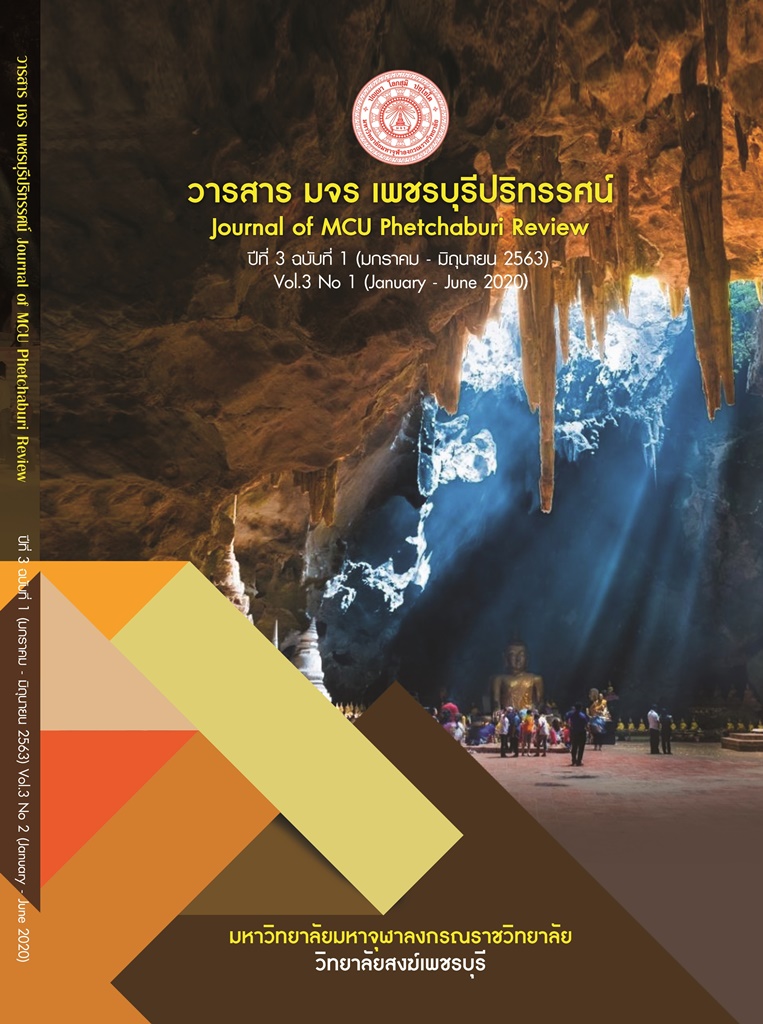BUDDHISM AND CONSTRUCTION OF RECONCILIATION IN NATIONAL STATE
Main Article Content
Abstract
Reconciliation is the process of sustaining or restoring friendly relations between adversaries in the event of a dispute or conflict, which caused destruction and destruction in that nation. It must be solved by creating friendship, unity, harmony, and peace. Disputes and conflicts existed in different societies and have existed since the Buddha's time when the Buddha experienced direct involvement in resolving disputes. His Highness realized that the mind was where violence first began and had to be transformed first. The practice that His Highness adopted to bring about reconciliation concerning disputes and conflicts among the Sangha is the Supreme Sangha. The wrongdoing of a person Make corrections and take precautions in the future to prevent another offense and the implementation of the process without Akkati 4. By the Sangahavattha 4 principles, the teachings of the Buddha are suitable for resolving conflicts in the current nation. Those who have used them without having worked in the past, according to the teachings of the Buddha they appear in various places in the Tripitaka where the Buddha, as a religious leader, played the role of a social reformer by uttering many teachings about reconciliation
Article Details
References
พินิจ ลาภธนานนท์ และคณะ. (2562). แนวคิดพุทธศาสนาเพื่อสังคม สังคหธุระ และสาธารณสงเคราะห์วิถีพุทธ. นนทบุรี: นิติธรรมการพิมพ์.
มหาวิทยาลัยมหาจุฬาลงกรณราชวิทยาลัย. (2539). พระไตรปิฎกภาษาไทย ฉบับมหาจุฬาลงกรณราชวิทยาลัย. กรุงเทพมหานคร: โรงพิมพ์มหาจุฬาลงกรณราชวิทยาลัย.
มหาวิทยาลัยมหามกุฏราชวิทยาลัย. (2559). พระไตรปิฎก สยามรัฐ ภาษาไทย. (พิมพ์ครั้งที่ 1). กรุงเทพมหานคร: โรงพิมพ์มหามงกุฎราชวิทยาลัย.

